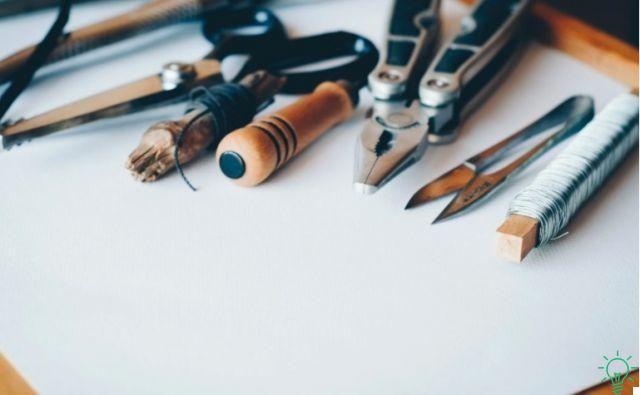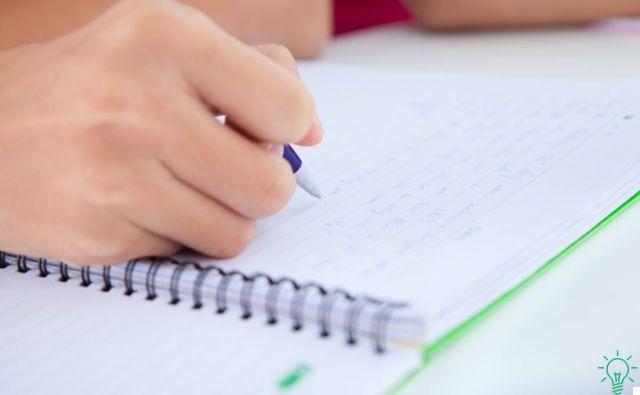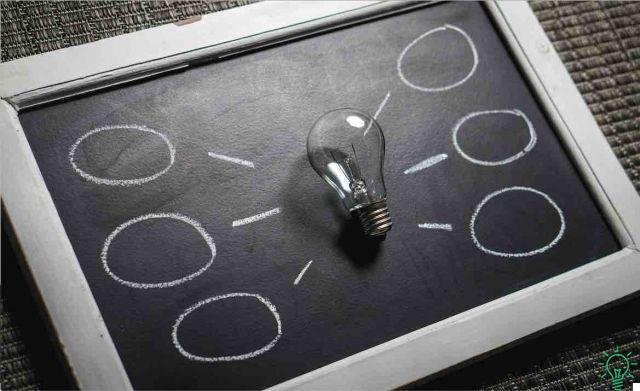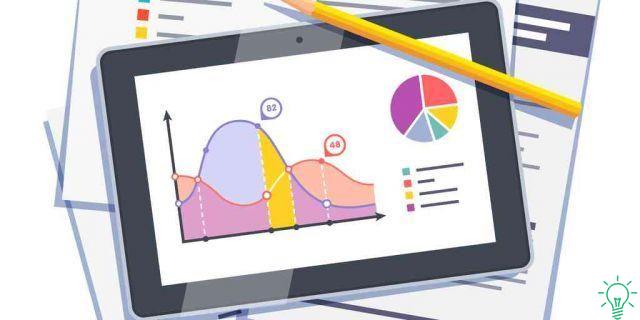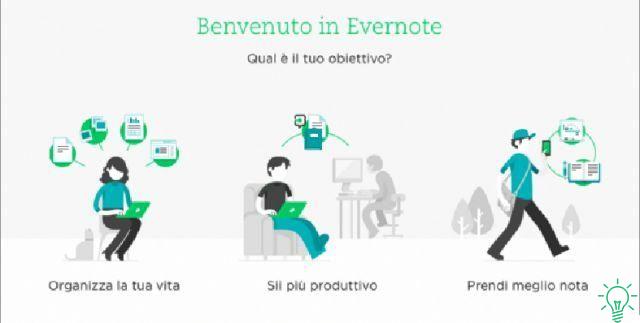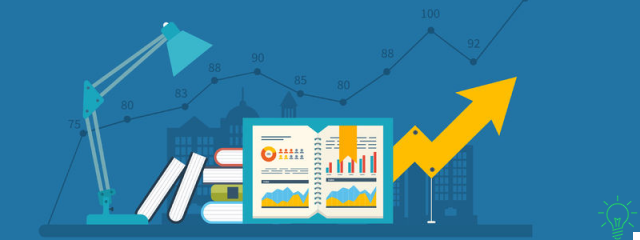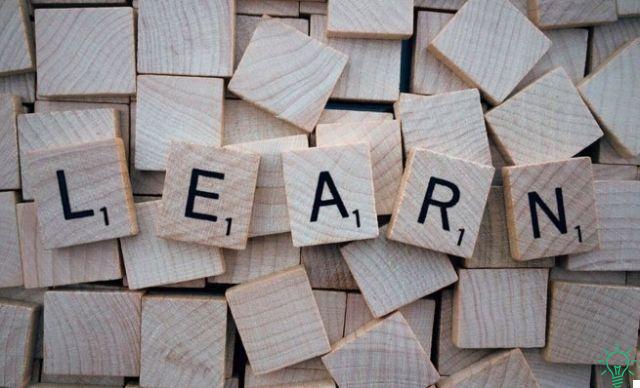
Feynman's technique is a method of analysis that allows you to acquire any new knowledge, no matter how difficult, in a faster, safer and more profound way.
Richard Feynman, the Nobel Prize-winning physicist from whom it takes its name, was the typical example of a "rock star" scientist who is occasionally seen in movies, but who is doubtful exists in reality.
Feynman had a great sense of humor, was good-looking, had an open and eccentric character that led him to live the most diverse experiences with curiosity.
For one thing, he was a bongo player in a Brazilian Samba group.
And he was famous for receiving students and colleagues often, instead of at the University - he taught in the legendary CalTech - in his own Dodge Tradesman Maxivan "quantum", on whose sides he had painted the interaction diagrams of the particles he studied.
He also hosted a television program on the BBC, in 1964, called "The character of physical law", recorded during some of his lectures at Cornell University.
In the program, Feynman explained very complex physics concepts in a clear and understandable way to everyone.
Also for this reason it was nicknamed "The great explainer", and its peculiar way of facing and explaining problems was called Feynman technique.
There are several versions of this technique on the internet, all of which revolve around a focal point: if you can't explain it to a 10 year old, you don't really know.
The four-step Feynman technique
Feynman's technique can be summarized in 4 simple points:
- Choose a topic and define it in a few words, writing the title on a sheet of paper, and below it the fundamental ideas that come to your mind
- Explain this to a 10 year old, that is, to someone who is not familiar with it. You will therefore have to simplify the language, avoid technical jargon, build metaphors and analogies.
- Inevitably, you will find that you have gods holes of preparation, of doubts, ideas not that you haven't clarified enough. Then return to the study material to fill these gaps, clarify these doubts, clarify these ideas.
- Simplify it further and then try to go back to step 2, which is a explain the argument again
Repeat this process as many times as you see fit - that is, until you realize you really own the subject.
Simple isn't it?
Yes, but complicated to put into practice.
Try any concept that you think you know well and you will feel the effort of explaining something to someone who knows nothing about it.
In this effort lies part of the secret of the effectiveness of the technique.
How and why the Feynman technique works
Feynman's technique is effective for two main reasons.
First, the effort we have to make to "translate" our mental content forces us to process our thinking.
Let's not forget that, as a species, we have said little more than "grunt" for a few hundred thousand years.
Expressing concepts verbally is a skill we have acquired, but we still can't easily do it. (For more on issues related to our verbal skills, see the article on how to remember the books you read.)
Especially if we have to use simple and at the same time descriptive words, within the reach of those who absolutely do not know the subject.
To do this, it is not enough for you to read and underline passively.
You are forced to instead actively elaborate the study material, asking you questions like:
- How can I represent this concept?
- What exactly does this sentence mean?
- How can I exemplify this logical connection?
- What word could I use instead of this other one?
- With what analogy or metaphor can you describe this phenomenon?
Then there is a second reason which makes the Feynman technique so effective: it gives you awareness of your real level of knowledge of a subject.
How many times do you happen to think you know something and then, on examination, fail to answer question X or solve problem Y?
Here, thanks to the Feynman technique you will no longer be taken by surprise by your conceptual gaps, but you will know exactly which ones and how many there are.
And then you will have time to fill them.
"... .. the first principle is that you don't have to fool yourself ... .. and that you are the easiest person to fool!" Richard Feynman
Using the Feynman technique will also have two very positive side effects:
- Deeper concentration: if when you read and underline it is easy for your mind to wander, when you use the Feynman technique it is almost impossible not to be focused;
- Better Storage: the analogies, the metaphors, the logical processes you put into action, create images and stimulate neuronal electrical activity, with the result that you remember better.
3 tips for using the Feynman technique
When trying to practice a study technique, it is normal to make mistakes in the beginning.
Subjects, professors, students, are different from each other, and therefore it is necessary adapt each strategy to your context and your needs, which requires a minimum of trial and error.
Based on my experience with many students, I can give you 3 tips:
1.Writing on a sheet of paper is not mandatory
It happens that one, after discovering Feynman's technique, you find yourself writing on any sheet of paper it happens in front of him, filling hundreds of pages and wasting a lot of time.
Let us not forget, however, that Feynman faced problems of theoretical and mathematical physics with levels of complexity much greater than the typical problems faced in the study.
If therefore, on the one hand, simplifying is always a good exercise, on the other hand, it is not always necessary to do so in writing.
It is worthwhile, when possible, to skip the writing part, in order to save time.
Only when it comes to concepts really it becomes complex to write really , which is important.
In fact, complex concepts tend to easily escape from our mental radar, something that does not happen when you fix them on paper.
2. The 10-year-old is not strictly necessary, but it helps a lot.
Of course, you can also imagine the baby.
However, Feynman's technique works much better on its own when you have to explain to a real person.
A real person asks questions, gives you feedback, maybe adds something new to your explanation.
Plus, it puts some healthy pressure on you, which can get you used to better withstanding the stress of an oral exam.
For this, the Feynman technique in my opinion is especially effective when used with a partner (or a group) of study.
Especially if your study partner, while knowing the subject, enter the part and pretends not to know anything.
Many students have excellent results when they take the penultimate or last repetition before the exam with someone who questions them.
3. Fix on concepts, not notions.
Feynman's technique, given the effort you make to put it into practice, helps you memorize.
You will then see how, at each review cycle, you will always remember better what you are studying.
Here then is that many, while studying a topic with the Feynman technique, also try to remember the details connected to it.
Is a mistake.
Remember that the purpose of this technique is to clarify concepts, not to memorize notions.
It therefore focuses on the essence, not the details.
If when you use the Feynman technique you don't put the details aside:
- You take a lot of time
- You can damage your comprehension effort, precisely because the details increase the confusion and background noise
So avoid filling your sheet of paper with data and notions: for that there are the waterfall schemes.
Avoid repeating lists of data or secondary and tertiary concepts N times: for that there is the actual memorization phase.
Focus only on the essential and, when you have fully understood it, move on.
An example of Feynman's technique
I'll give you an example by imagining that you have to explain something that, for those who do not study medicine, is certainly not simple: the renal glomerulus.
“The renal glomerulus is a dense spheroidal network of arterial capillaries, responsible for filtering the blood. It is surrounded by the Bowman's capsule, a hollow, blind-bottomed spherical structure that wraps around the glomerulus to collect the filtrate. At the two ends of the renal glomerulus we find two arterioles that put it in communication with the circulatory system. Upstream we find an arteriole, called afferent, which carries the blood to be filtered; downstream we find an arteriole, called efferent, which carries the partially filtered blood "
Let's try to understand this text together using the Feynman technique.
First, I define what there is to learn:
"What is it, what is it for, how does the renal glomerulus work"
Then, I begin by identifying what I think is the first fundamental element to understand: it is a blood filtering system.
How do I explain this to a child?
"A filter is a system that lets some things pass and not others, a bit like a tea strainer (metaphor)”
I would say it is clear. Only now the child will have in mind the shape of the colander, while the glomerulus is a "dense spheroidal network of arterial capillaries".
So here I go to the second fundamental element: the form.
"The glomerulus looks like a ball (another metaphor), except that instead of a woolen thread, it is made of perforated tubes (simplification of capillary). "
Then I develop the third important element: what is filtered out.
“Blood arrives at this ball through a larger tube (which is called the afferent arteriole, but you will memorize this later). Once inside the ball, the blood exchanges substances through the holes (simplification) and finally comes out of the ball through another tube (which is called the efferent arteriole, and this too you will memorize later) "
Finally, here is the last element: where do the filtered substances go?
"The filtered substances are collected in a bag that is around the ball (metaphor for the Bowman capsule - whose name you will memorize later) "
Not bad as a first iteration, because it explains the text discreetly.
However, many points remain open about which the 10-year-old may still have doubts, and which could therefore act as a guide for further study.
For example:
Why, instead of being stretched out, do the vessels curl up to form the glomerulus?
"Because in this way, just like in a ball you can put tens of meters of yarn taking up little space, in a glomerulus there can be many blood vessels".
Eh eh eh, I screwed you curious child !!
And instead he continues:
- The material that collects in Bowman's capsule, where does it go?
- Why are the tubes arterial and not venous?
- What substances are exchanged?
- What makes substances move from one side to the other?
- How exactly are the small holes in the capillaries made?
Here then it will be necessary to go over the text again to study, then go back to explaining from the beginning adding the new elements, and so on, until I am satisfied with my preparation.
In the memorization phase I will go then to refine the vocabulary, learning all those specific names and definitions for which I used metaphors, simplifications, figurative elements.
In this way:
- I will have built one deep, solid and lasting knowledge of the topic in question
- I will have honed my skills of reasoning
- I will have improved my skills of expose The matter
Thanks to Feynman's technique, therefore, passing the exam will be a real child's play ... :)







